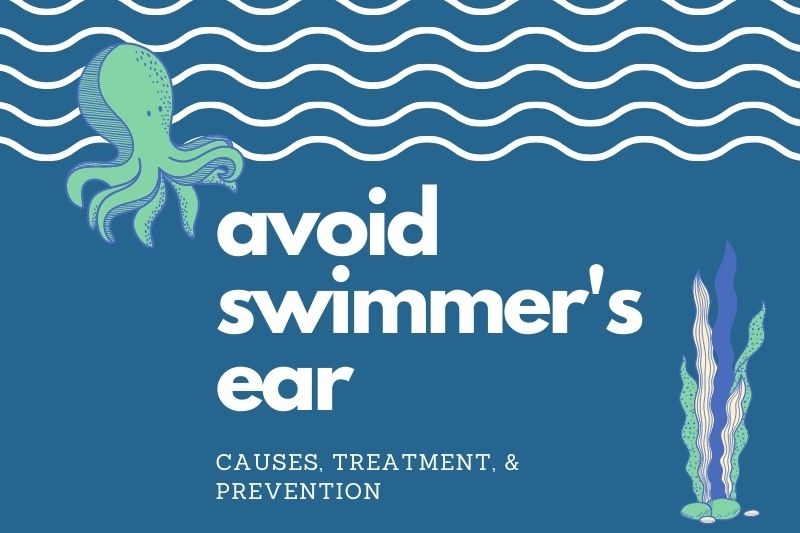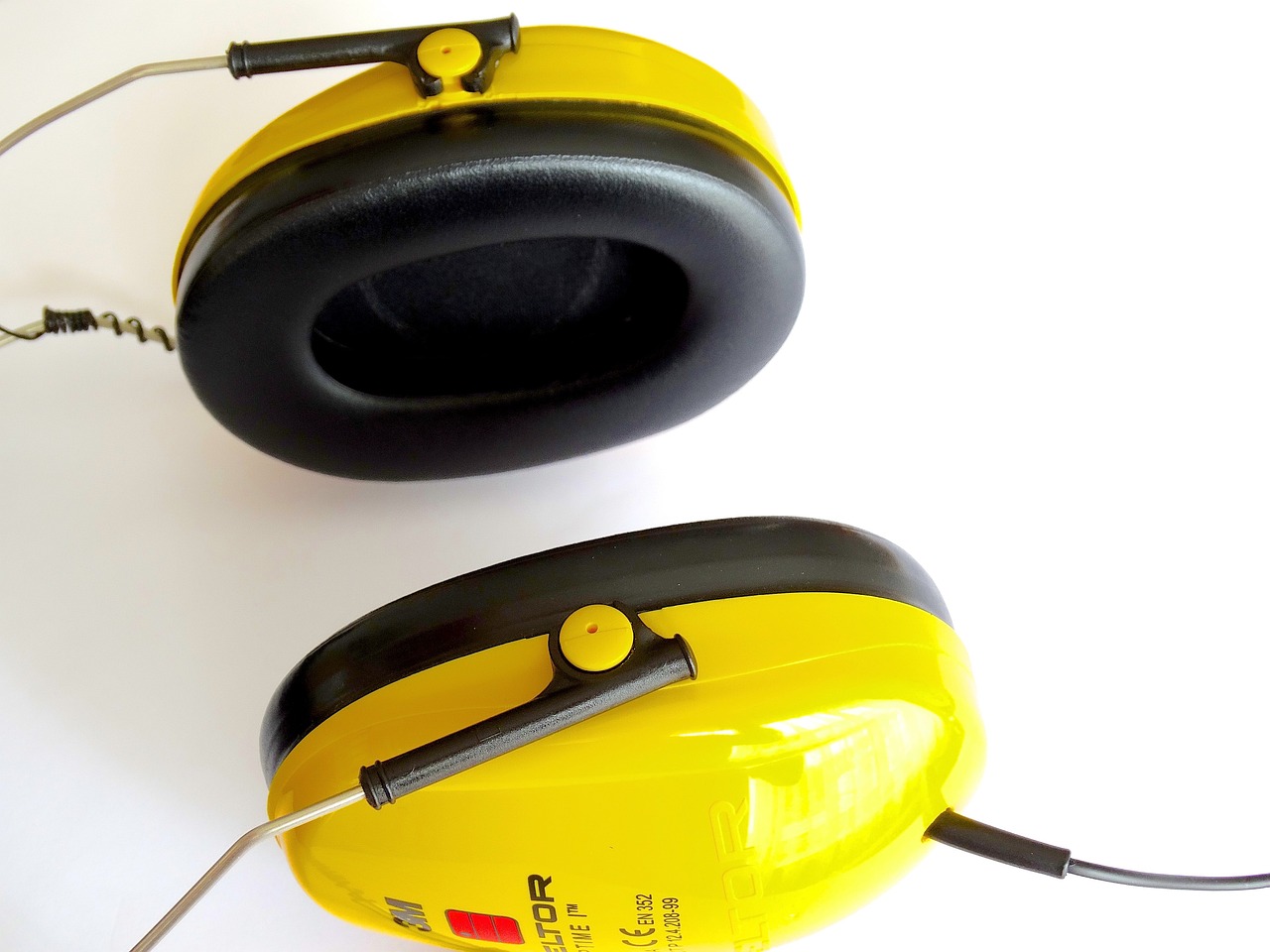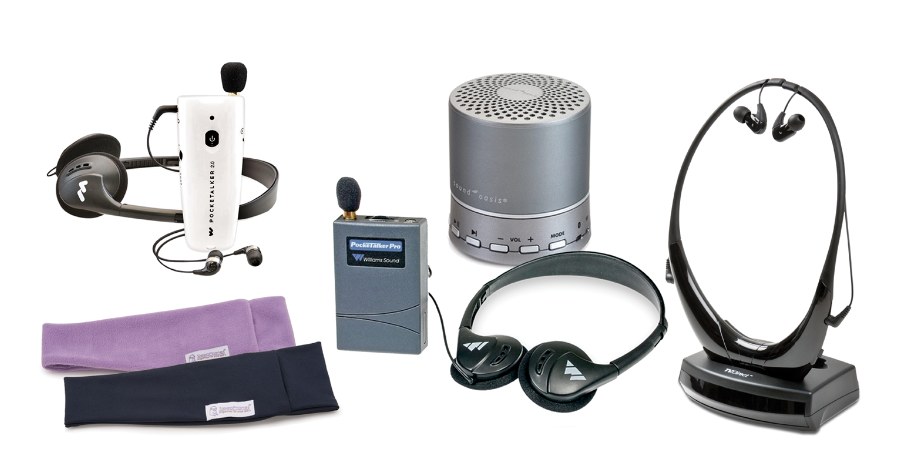Avoid Swimmer's Ear This Summer with Westone AquaNot and Surfer Swim Plugs

We're well into summer now. Temperatures are hot, and many families are spending their days cooling off in pools and lakes, or at the beach. More exposure to water means a greater risk of developing swimmer's ear. Otitis externa, more commonly known as swimmer's ear, is an infection of the ear canal. Symptoms can appear within a few days of swimming, and it's more common in children than adults, although it can affect anyone.
Symptoms include:
1. Swelling or redness of the ear
2. Itchiness inside the ear
3. Pus or fluid drainage
4. Constant pain, or pain and discomfort when touching or tugging the ear
Swimmer's ear is often caused by moisture trapped in the ear canal for long periods of time. While it can't be spread from person to person, germs found in pools or other swimming areas can get into your ear and grow in the moist environment of the ear canal, leading to infection. Fortunately, swimmer's ear can easily be treated with antibiotic eardrops from a healthcare provider.
What you can do to prevent swimmer's ear:
1. Dry your ears completely after swimming or showering: Dry off with a towel first, then tilt your head for a few moments to each side. This allows any trapped water to drain from your ear canals. To help remove any extra water, tug on the earlobes while your head is tilted.
2. Avoid inserting objects into your ears: This includes cotton swabs, fingers, or anything else. This could damage the thin layer of skin lining the ear canal and when combined with the extra moisture, provide a place for bacteria to grow.
3. Leave earwax alone: Earwax is there for a reason! It helps prevent infection and keeps dust or other particles away from the eardrum. If you think you have an earwax blockage, try to remove the excess earwax with an earwax removal kit like our Audiologist's Choice Wax Removal Starter Kit (#54151). If the problem persists, consult a hearing healthcare professional.
4. Consider using eardrops like our Mack's Dry-n-Clear Ear Drying Aid (#54166) after swimming. Please note: Those who have ear tubes, damaged eardrums, or infections should not use eardrops without guidance.
The best thing you can do to prevent swimmer's ear is to use custom-fit swim plugs like our AquaNot and Surfer swim plugs. You can also use a swimmer's headband like the Ear Band-it Ultra (#54139) to ensure that the swim plugs stay in place. A swimming cap may also be helpful as well.
Our DefendEar AquaNot swim plugs are 100% American-made from the finest floatable silicone and are available in a wide range of fun and vibrant colors. Ideal for swimming and watersports, AquaNot swim plugs float and are guaranteed to prevent water from entering the ear canal.
If you're a surfer, our DefendEar Surfer earpieces are ideal for you. The Surfer is designed to prevent the surfer's ear and swimmer's ear caused by exposure to cold water and wind. The floatable material is molded with a sealed membrane spanning the sound bore that keeps cold water and air out of the ear canal but allows for conversation and hearing while the earpiece is in the ear. These earpieces can even be used for other activities, like skiing and snowboarding.
With Westone AquaNot and Surfer swim plugs, you and your family can keep the water out and the fun in while enjoying the watersports you love all summer long.





